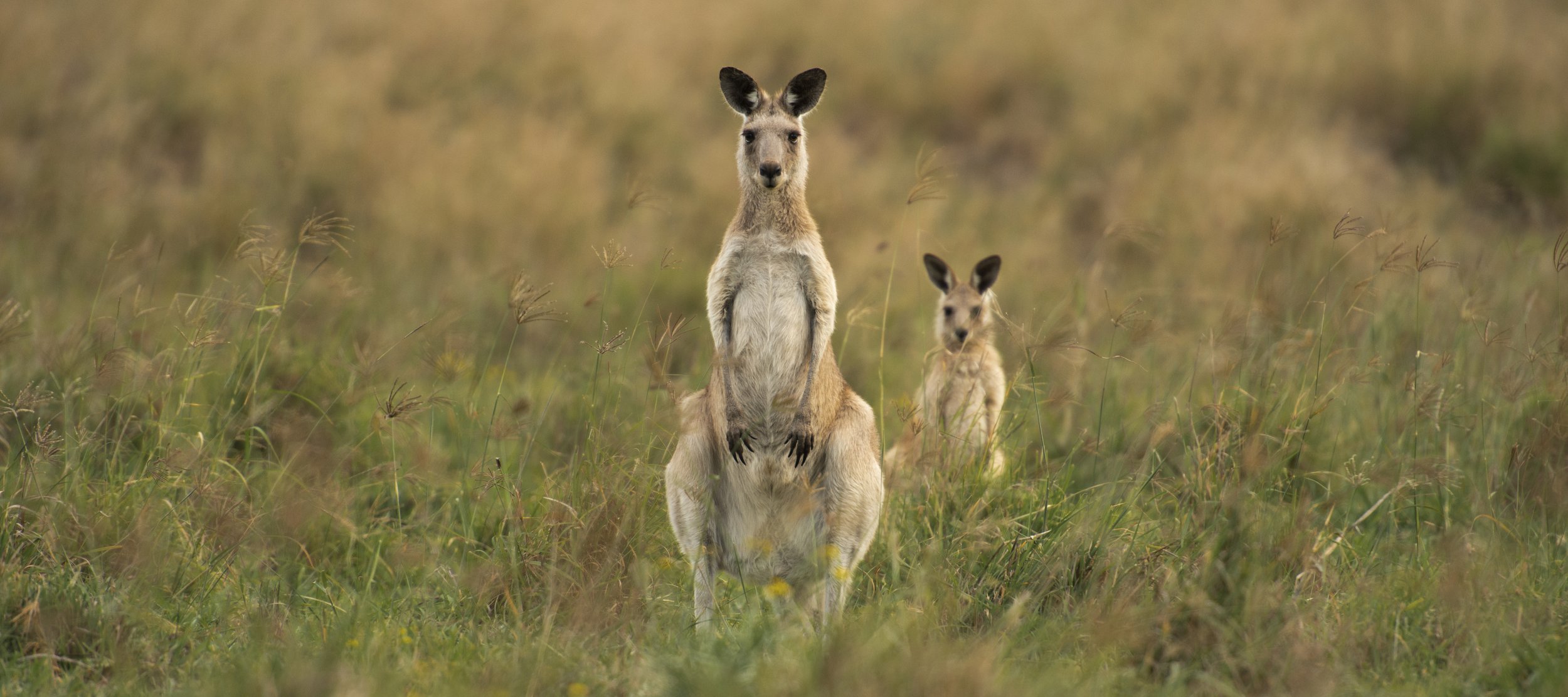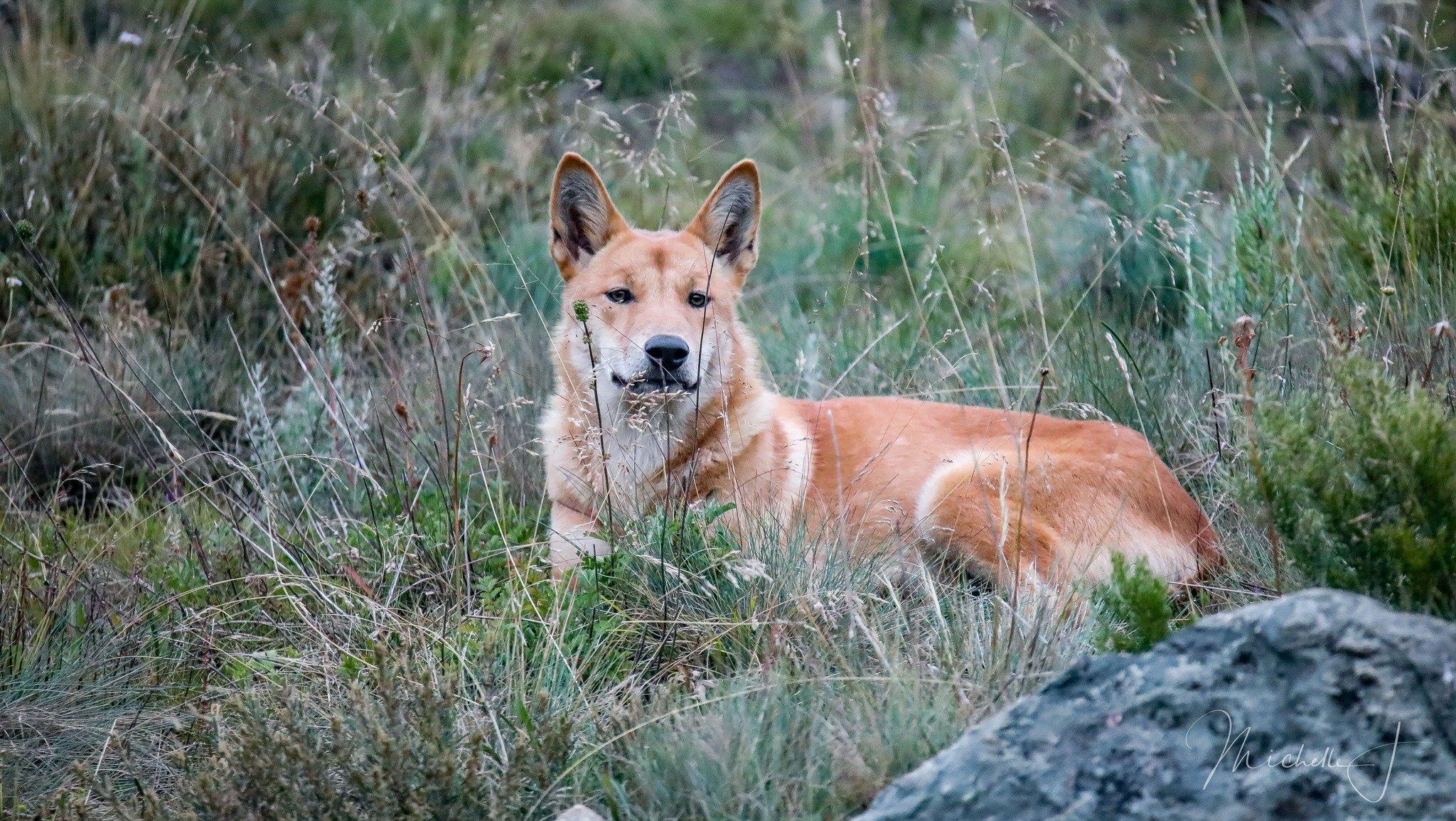
Indiscriminate lethal Dingo control
Image: Michelle J Photography
Dingoes are Australia’s only native canid. Being an apex predator, they play an important ecological role - helping to keep natural systems in balance. It is unknown exactly when they arrived in Australia, however, estimates based upon archaeological and genetic evidence suggest they are likely to have arrived here between 3,500 and 18,000 years ago.
Since European occupation, Dingoes have been regarded as a serious threat to farmed animals, particularly sheep. Consequently, the Australian government has spent millions on cruel Dingo “control programs”, targeting them extensively with poison baiting, bounty systems and trapping and shooting.
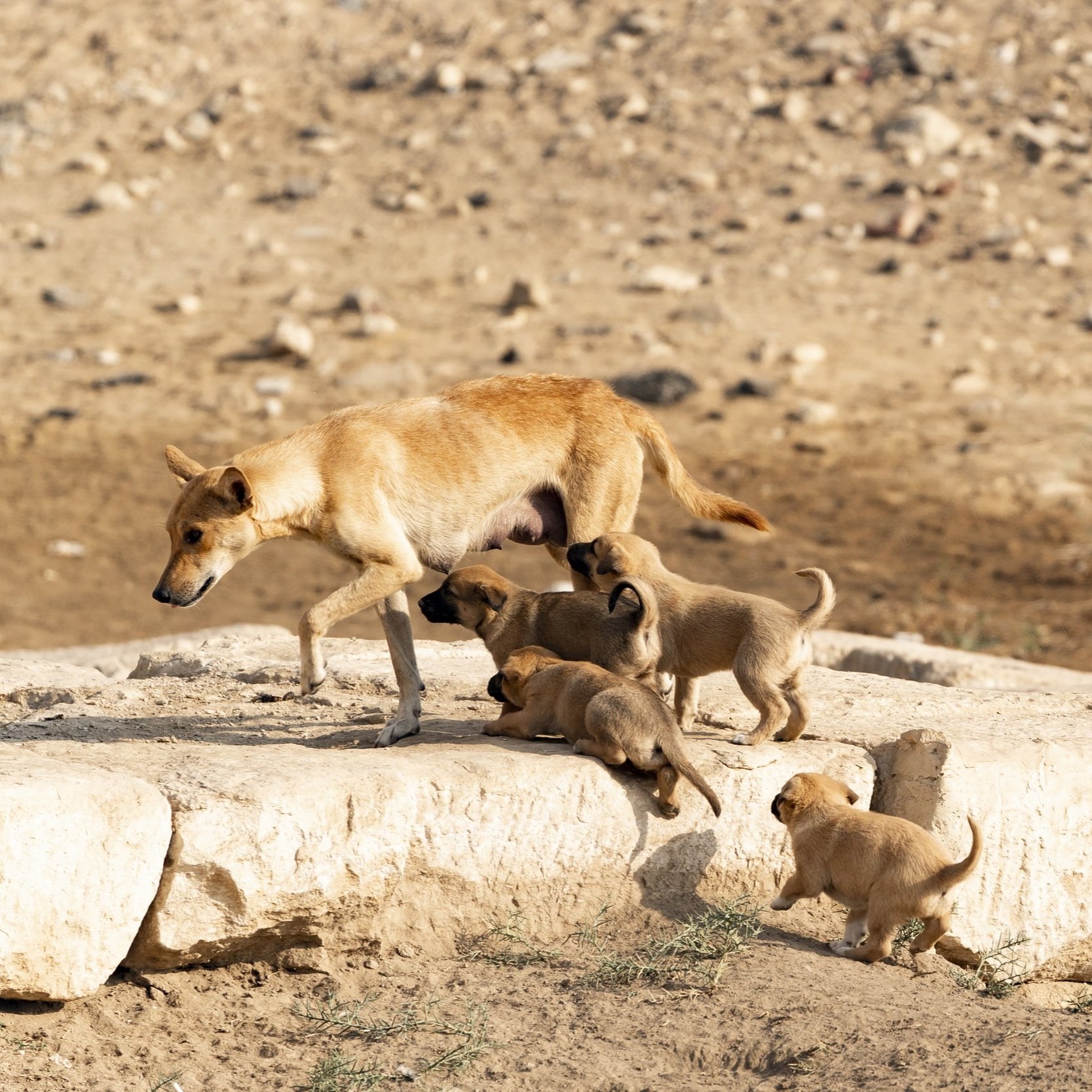
The native debate
There has been much debate around the native status of Dingoes, with their arrival on mainland Australia said to be between 3,500 and 18,000 years ago. Professor Peter Banks has produced a research paper outlining the three criteria that must be assessed when determining an animal’s native status:
Evolution: Has the animal evolved in their new environment?
Adaptation: Do deep endemic species recognise and respond to the animal?
Impact: Does the animal have an exaggerated impact on native species?
When applying this approach to Dingoes, their native status becomes indisputable. Dingoes have lived in isolation in Australia for millennia and exhibit different skull shape, reproductive habits, vocalisations, behaviour and genes from their Southeast Asian ancestors. Secondly, adaptation has occurred. Australian mammals recognise Dingoes as a dangerous predator and show appropriate responses. Too, Dingoes do not have an exaggerated predation impact. In fact, their impacts benchmark with those of other native predators.
Culturally significant animals
Dingoes are culturally important to many First Nations people across the country. They are a regular feature of Indigenous culture and form an important part of Totems, Dreaming, lore/law and customs. Dreamtime stories, and In Traditional Aboriginal society, Dingoes played an important role in the protection of women and children. Women would often travel with Dingoes wrapped around their waists, as they provided hunting assistance and were a living blanket and guard against intruders. Companion Dingoes were given burials similar to that of family members, often in middens and in the same place as ancestors.
Image (clockwise from top left): after Hamyln-Harris 1918, after White 1915, after Mountford 1940, Long 1957 via Northern Territory Library.
The Indigenous Voice for the Dingo
History was made in September 2023 as the first of it’s kind National Inaugural First Nations Dingo Forum resulted in the creation of the First Nations Dingo Declaration. The Declaration, which was signed by more than 20 Traditional Owner groups, highlighted a strong Indigenous perspective on the current management of Dingoes. It called for an end to the incorrect labelling of Dingoes as ‘wild-dogs’, stating that it diminishes the Dingoes and ‘disrespects and disregards culture’. The forum was hosted by Girringun Aboriginal Corporation.
Image: Gus Burrows
The First Nations Dingo Declaration outlines "We do not, and have never, approved of the killing of Dingoes. Killing Dingoes is killing family. We demand an immediate stop to this ‘management’ across Australia. Lethal control should never be an option."
The Declaration advocates for a new approach to Dingo management ‘Caring for Dingoes on Country’ which would see Dingoes protected under legislation and promote coexistence through combining Indigenous knowledge with evidence-based practice.
Read the full National First Nations Dingo Declaration signed by First Nations Groups from across the country.
Learn more about First Nations’ perspective
on the Dingo and their Cultural Significance with Dingo Culture.
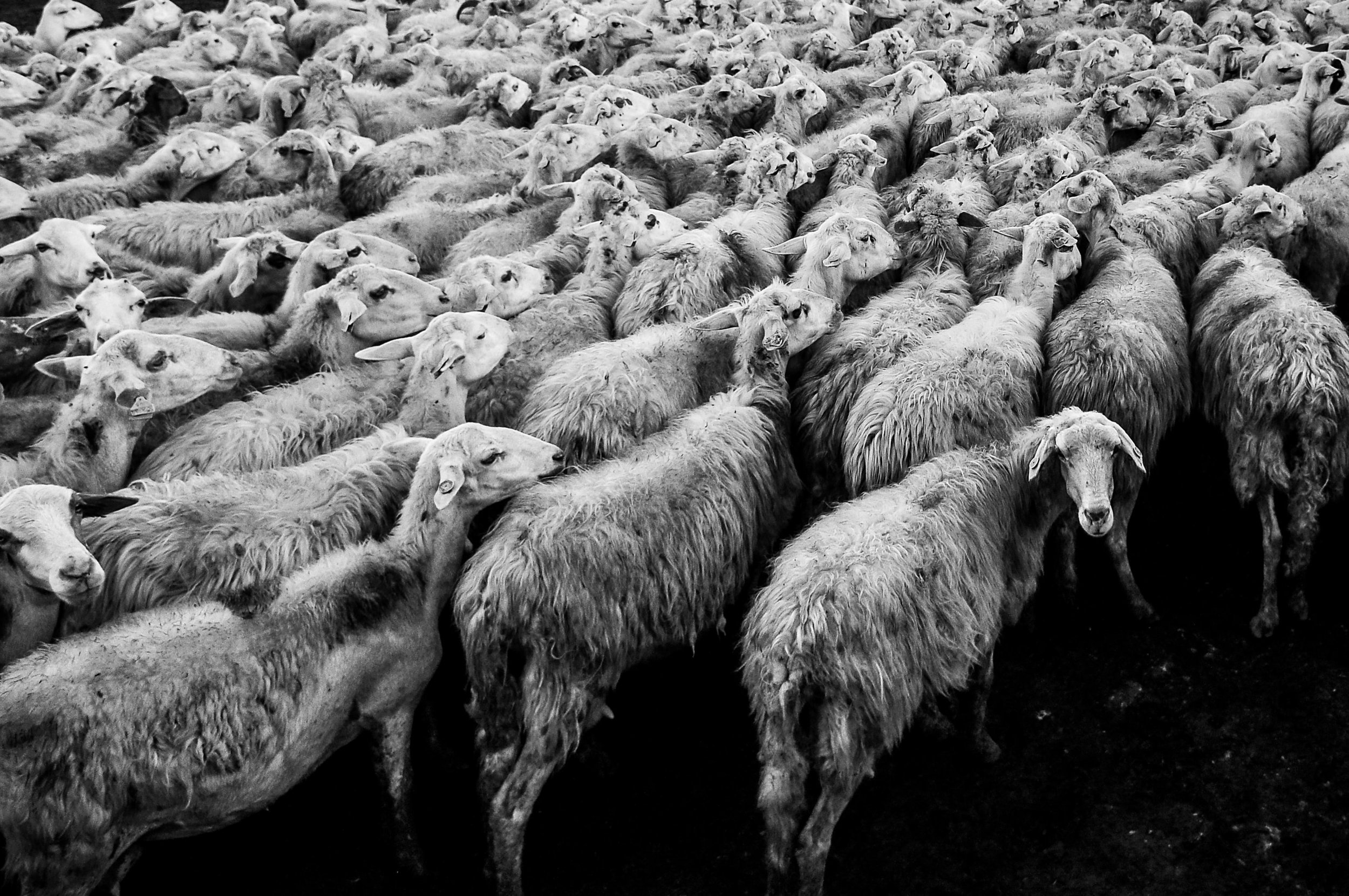
Killing propped up by Government and Peak Industry Bodies
For decades, Dingoes have been persecuted by livestock industries, due to the predation risk they pose to farmed animals, particularly sheep and goats.
As it stands, peak industry bodies and Governments only support landholders to undertake ineffective and unnecessary lethal control, whilst ignoring the need for investment into non-lethal predator mitigation instead. Non-lethal predator mitigation strategies can cater to more stakeholders on this issue, enhance the natural environment and improve productivity and economic returns for landholders too.
Australia is home to long-surviving Indigenous cultures that have nurtured this continent’s unique flora, fauna and environment. It is shortsighted to attempt to eradicate a keystone species such as the Dingo in the name of protecting introduced domestic animals, especially when other non-lethal means are available.
Dingoes, not ‘wild dogs’
‘Wild dog’ is a deceptive term that has been utilised to make Dingo control more palatable to the public, most of whom would be fundamentally opposed to the indiscriminate killing of native wildlife. Referring to Dingoes as wild-dogs removes their ecological significance and repositions them as a pest.
Feral dogs, which are domesticated dogs who have ended up in the wild for a variety of reasons, make up just 0.6% of wild canids in Australia. The remainder are Dingoes. Feral dogs do not have an established population across the country, because they simply do not possess the evolutionary skills required to survive in the wild. On the other hand, Dingoes have evolved in the Australian landscape over thousands of years and have developed the skills required to survive its harsh conditions.
Consistently failed under legislation
Few species of Australian wildlife have an identity as ambiguous as the Dingo. Although they are listed as a protected species in some states, such as Victoria, exemptions still exist that permit their killing. In other states, Dingoes are the only Australian mammal not protected. Further, many laws define Dingoes as ‘noxious’, ‘invasive’ or ‘pest’ animals. Such a status means they cannot be legally protected and may be killed in ways that would otherwise be illegal.
In most states and territories, Dingoes are incorrectly categorised as “wild dogs”.
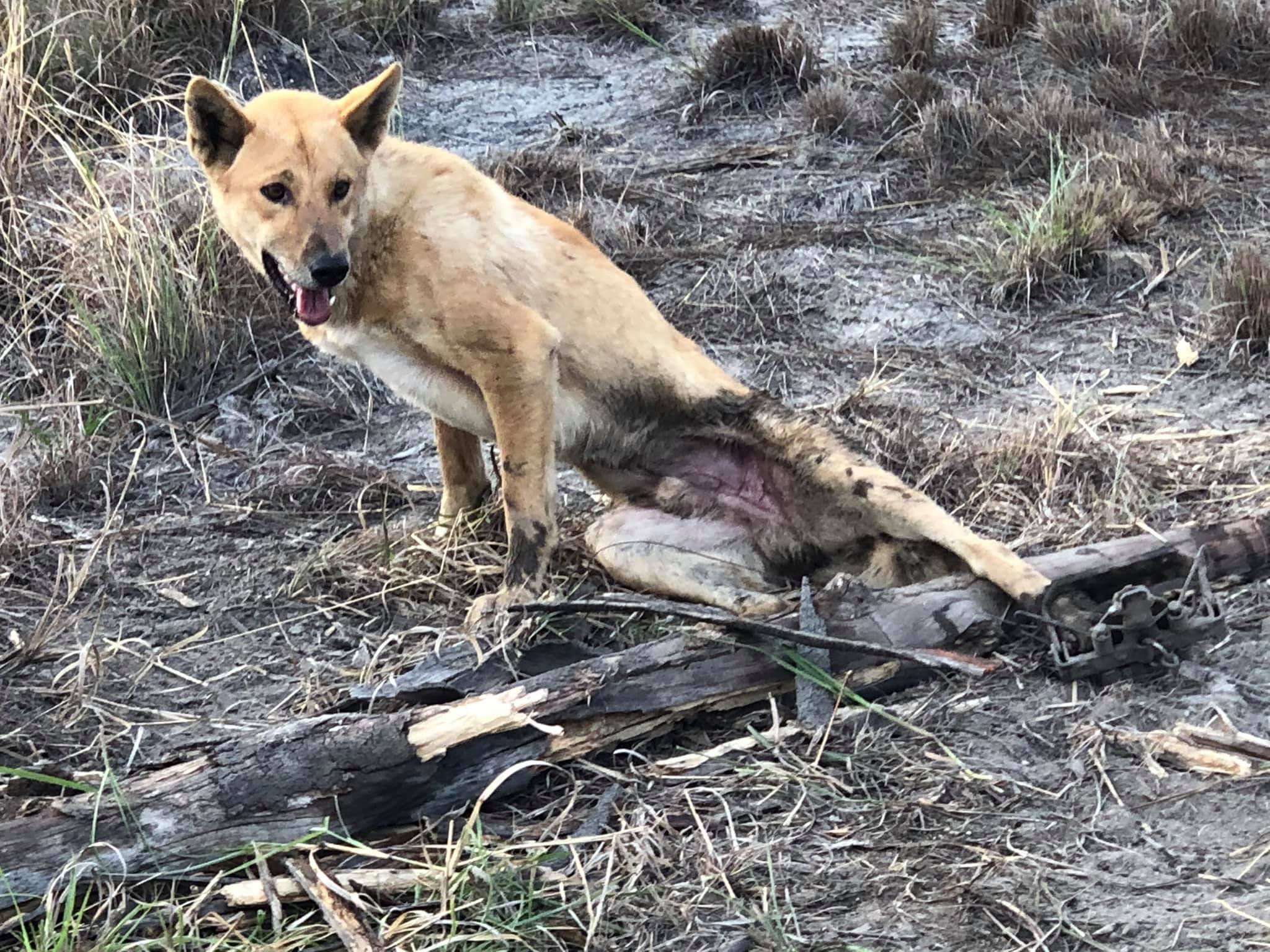
Lethal management fails to achieve the desired outcome
Longstanding lethal control of Dingoes has ultimately failed to achieve the desired outcome of eliminating predation of sheep and goats, whilst causing widespread environmental damage. In fact, some ecologists have observed that disrupting Dingoes' family units through lethal control can worsen the risk of livestock predation.
It has now proven both scientifically and anecdotally that non-lethal methods can more successfully protect livestock animals from predation, whilst catering to more stakeholders on this issue than widespread lethal control does.
Coexistence with Dingoes is possible and caters to the needs of landholders, First Nations community members, scientists, conservationists and aligns with the expectations of the wider public.
Defend the Wild support the First Nations Dingo Declaration’s call for a collaborative approach to caring for Dingoes on Country.
Cruel and ineffective control methods
Dingoes are targeted with a number of cruel management practices, all of which cause unacceptable suffering to the individuals targeted. Dingoes are subject to poison baiting campaigns, trapping and shooting, traps laced with poison and bounty programs that incentivise their killing.
-
In Australia, it is legal to poison wild animals who pose a threat to agricultural profits. Though most states have provisions in their animal welfare legislation prohibiting the use of poisons to deliberately kill an animal, these do not apply to proscribed “pest” species. While the legal status of dingoes varies across the states and territories, they are widely considered to be “pests”. This means that they can be killed using a poison that would otherwise be illegal on another native animal.
One poison commonly used to kill dingoes is sodium monofluoroacetate, more commonly known as 1080 (‘ten-eighty’). This poison is classed as one of the most toxic substances known to exist anywhere in the world. There is no known antidote to 1080 poisoning. Pieces of meat (often kangaroo) are laced with 1080 and are either laid on the ground or dropped out of helicopters across vast distances. However, because the poison is indiscriminate and lethal to all living species it poses a threat to a wide range of other species, too.
The time between ingestion and death is highly variable. It can take anywhere between 30 minutes and 72 hours from the time of ingestion. During this time, it causes immeasurable suffering to its victims before they inevitably die. Symptoms of 1080 poisoning include frenzied behaviour, anxiety, hypersensitivity, vomiting, screaming, shaking, uncontrollable urinating and defecating, convulsions, seizures, difficulty breathing, coma and death. On the basis of the suffering it causes, a study published by an RSPCA Australia scientist in the Animal Welfare journal concluded that 1080 “should not be considered a humane poison”. It’s not difficult to understand why.
Many people have lost their precious companion animals to 1080 poison, seeing first hand the suffering that thousands of dingoes are forced to endure every year, by watching their pet suffer the same grim fate.
Further, one study has highlighted the lasting emotional trauma inflicted on those who have lost their companions to 1080 poison.
-
Traps for dingoes are similar to those used to trap coyotes and wolves overseas. They are spring-loaded steel-jaw traps that are triggered and shut when an animal sets foot on pressure plates. Though some states have issued restrictions on the type of traps that may be legally used, most still permit the use of padded jaw traps.
Foot traps are left in known dingo territory and are hidden beneath leaves and sticks with scent lures used to entice dingoes into position trapping them in its grip by their paw. Traps are set with a significant amount of pressure. This causes significant suffering and can even break the leg of an animal caught in its jaws. Animals are also injured when they struggle and attempt to escape the trap. They may even endure injuries to their feet, legs, teeth and gums by chewing on their trapped limb or the trap jaws.
When shooters return to their traps, they shoot dingoes with a rifle to the head. Australian state governments offer a bounty to trappers for every dingo pelt they provide, incentivising killing these important animals.
Despite policies outlining that traps should be checked regularly to reduce suffering, this is seldom enforced, and because many traps are set in remote areas, the regular monitoring of them is considered impossible by the RSPCA. For those caught in traps not regularly checked, death by starvation and dehydration can take as long as a week.
-
In Queensland, Western Australia and South Australia, traps are bound with a cloth soaked in poison. This means when dingoes inevitably chew at their paw in an attempt to free themselves, they ingest the poison and die in the trap. The most common poison used in this scenario is strychnine, known to be toxic to other non-target species, and like 1080 there is no known antidote. Strychnine works by blocking receptors that control the muscles, causing them to contract violently, including those responsible for respiration, essentially preventing the target animal from breathing.
Ultimately, animals poisoned with strychnine die from suffocation. Before dying they commonly experience violent convulsions and excruciating pain spasms, taking up to 24 hours to die. This poison, like 1080, should not be considered a ‘humane poison’.
-
In some jurisdictions, Governments have active bounty systems in place that incentivise the killing of dingoes. Such systems exist in South Australia, Victoria and Queensland. These schemes award landholders, who present the pelt of a dingo, a fee of up to $120. Studies have conclusively shown, however, that bounty systems promote inhumane killing methods, cause significant adverse animal welfare outcomes, are ineffective and can even be counterproductive to conservation efforts. For example, bounties have been criticised for diverting attention away from the real problems, including habitat loss and land degradation.
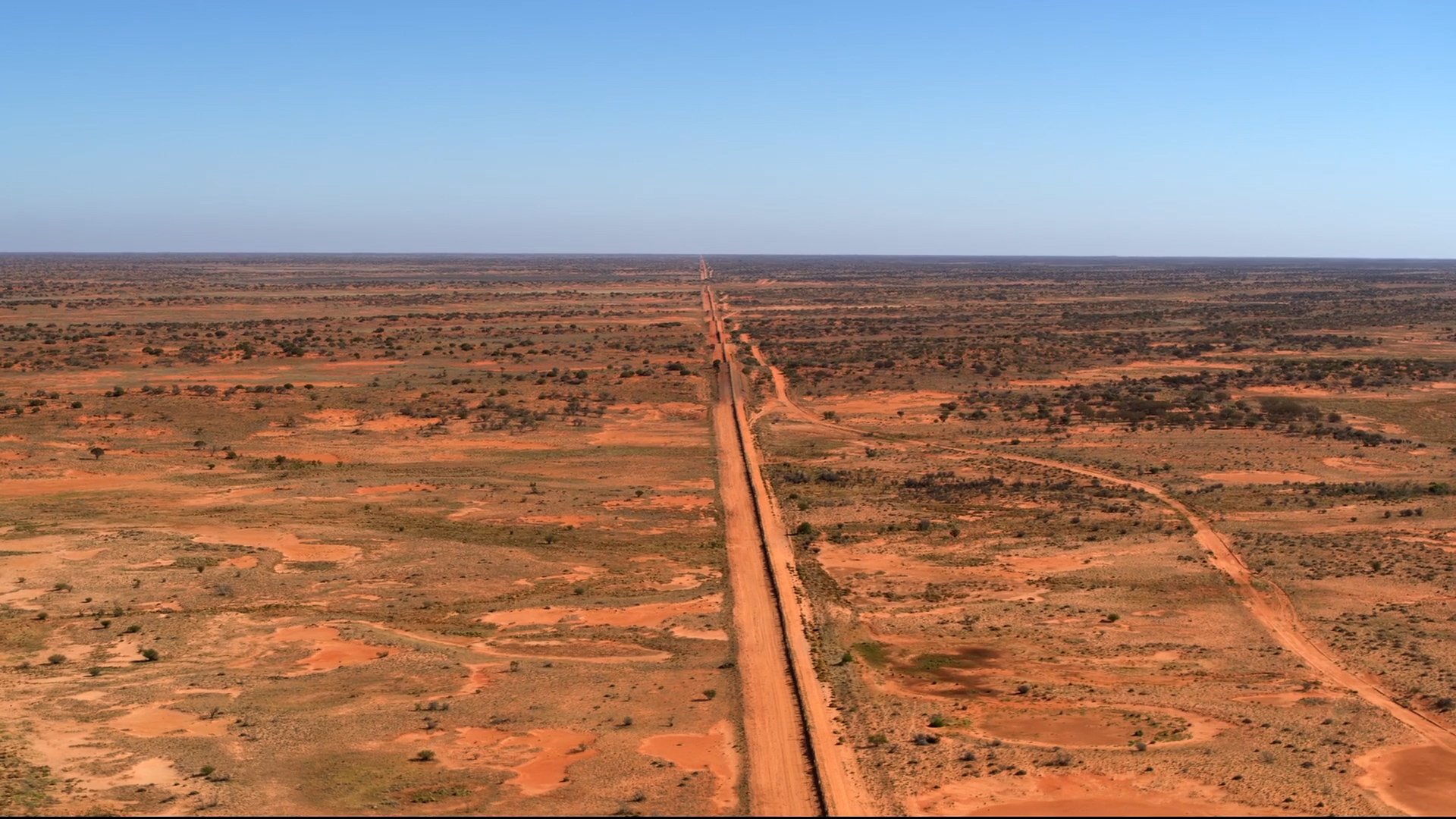
The Dingo fence
Stretching across 5,400 kilometres, the Dingo Barrier Fence is the world’s longest, and Australia’s oldest, barrier fence. As the Dingo is considered a native animal on the north side of the fence and a “pest” on the south, their treatment depends on which side of the fence they exist in. Lethal Dingo control is particularly intensive on the South Australian section of this fence. Generally, a 10-30km buffer zone is frequently baited with 1080 to kill any Dingoes in the area. The fence segregates Dingoes to arid areas where food and water sources are scarce.
In addition to the animal welfare risks of barrier fences, such as injury and the disruption of natural wildlife movement, the Dingo Fence also causes significant environmental damage. Each kilometre of the fence, including the roads that run alongside it, occupies an environmental footprint of around 2 hectares. Studies have also found that the fence “has altered the ecosystems of Australia’s outback” and caused significant ecological ripple-effects.
Allies in the biodiversity crisis
Dingoes prefer larger prey, placing less predation pressure on small to medium native animals. Dingoes are biodiversity regulators whose presence and unimpeded existence in an undisturbed ecosystem acts not only to control numbers of larger herbivores, such as kangaroos and wallabies, but also suppresses numbers of animals who may pose a threat to smaller native wildlife too.
Dingoes are an essential ally in Australia’s biodiversity crisis. Protecting them and the integrity of their pack structures is vital to the overall health of the Australian ecosystem. Studies have shown that when pack structures are healthy, Dingoes are more effective at suppressing populations of smaller predators, such as cats and foxes, than human intervention is. If Dingoes were eliminated from the Australian landscape, many other native species would face a corresponding increased risk of extinction.
Numerous conservationists and ecologists believe that the conservation status of Dingoes in Australia varies between threatened and critically endangered, fearing their extinction could be imminent. The need to take action to protect Dingoes has never been more vital than it is now.
The Kangaroo and the Dingo
The kangaroo co-existed with Dingoes long prior to European occupation. Dingoes are the only natural predator to native kangaroos, acting to help keep their populations in balance within the ecosystem. The Australian government has long demonised Kangaroos and Dingoes, controlling them both either through hunting, trapping, shooting, poisoning or harvesting methods.
It is worth further consideration as to why our governments choose to so ferociously remove the only natural predator to Kangaroos, rather than allowing the two to play out their natural role within the ecosystem.
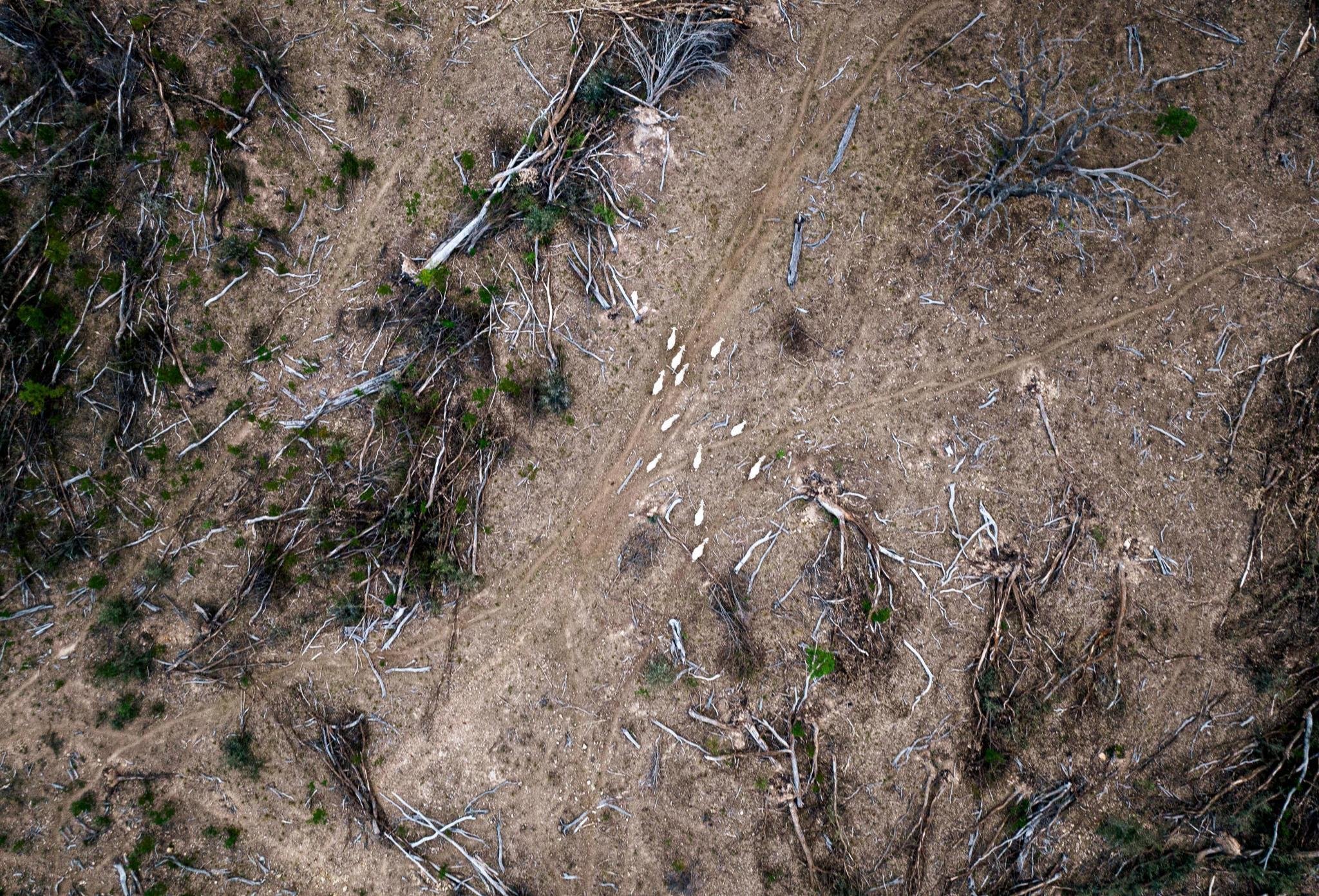
Other threats to Dingoes
Dingoes are faced with the reality of continued land clearing in Australia, meaning less and less viable habitat is available to them, pushing them closer and closer to human activity. Less habitat also means less available sources of food and other vital resources needed for survival. This may lead to dingoes targeting farmed animals over their usual prey, contributing to a vicious cycle that culminates the ongoing lethal control of dingoes.
Non-lethal Predator Mitigation
Research in Australia and around the world has now proven that non-lethal methods of management can successfully protect livestock from apex predators. In fact, the use of livestock guardian animals has been found to be more successful than lethal control if adopted correctly.
With respect to cattle, dingoes pose very little predation risk. Grazier research undertaken by Landholders for Dingoes found that maintaining stable dingo populations, rather than lethally controlling them, can result in improved pastures and better economic returns for landholders.
Sheep and goats are at a higher predation risk than cattle, and landholders understandably want to protect their animals. A program in the Hunter Valley known as the Last Stop Donkey program is saving donkeys that would otherwise be killed in areas they are considered pests, and retraining them to protect livestock from dingo predation.
The use of non-lethal alternatives can have limitations if adopted incorrectly by landholders, which is why it should be led and supported by the Victorian Government to ensure its success, through providing on-ground support to landholders to transition.
What action is needed to protect Dingoes?
From Policymakers
Policymakers must ensure legislation recognises Dingoes for both their ecological and cultural significance and remove all wild-dog terminology in accordance with the latest science available. Dingoes play a vital role in the natural environment, as apex predators, they keep natural systems in balance. Dingoes’ significant conservation value must be recognised in environmental and management policies, as well as on-ground practices adjusted accordingly.
Further, Governments should work to support landholders to adopt non-lethal predator mitigation strategies. The should do this by engaging with experts to provide practical on-ground support to successfully and ethically implement them.
From Peak Industry Bodies
Peak industry bodies, which play a key role in representing and advocating for the interests of Australian livestock farming at a national level, have enormous responsibility in changing the nations approach to predator mitigation.
Currently, key peak industry bodies like Australian Wool Innovation and Meat and Livestock Australia drive the continued lethal management of Dingoes across Australia. These peak industry bodies must take seriously their claims of environmental stewardship and fund research and development into non-lethal predator mitigation strategies. Further, these bodies should be providing accessible information about the economical benefits of protecting Dingoes to the producers they represent.
From Citizens
As the old saying goes - knowledge is power - and this certainly is true. One of the best ways we can advance conservation is through education. We have been intentionally misled and misinformed about the management of Dingoes across Australia, so we must change the narrative.
Spreading awareness to continue building support for the protection of Dingoes is an important role every citizen can play. You can share information from this page with someone you know, share Defend the Wild’s Dingo campaign, follow and share our work on social media, take part in our calls to action to protect Dingoes and more. Ensuring the public understands the truth about Dingoes is a vital step in protecting them.
Learn more and take important action for Dingoes
In 2022 Defend the Wild released a groundbreaking campaign exposing the Victorian Government’s treatment of Dingoes under the guise of ‘wild dog’ control. Help us call on the Victorian Government to end the indiscriminate killing of these national icons.








